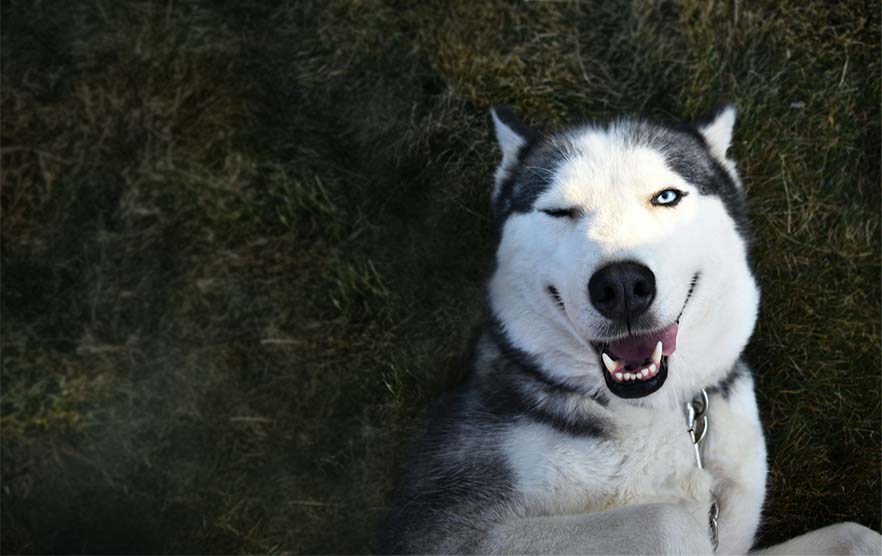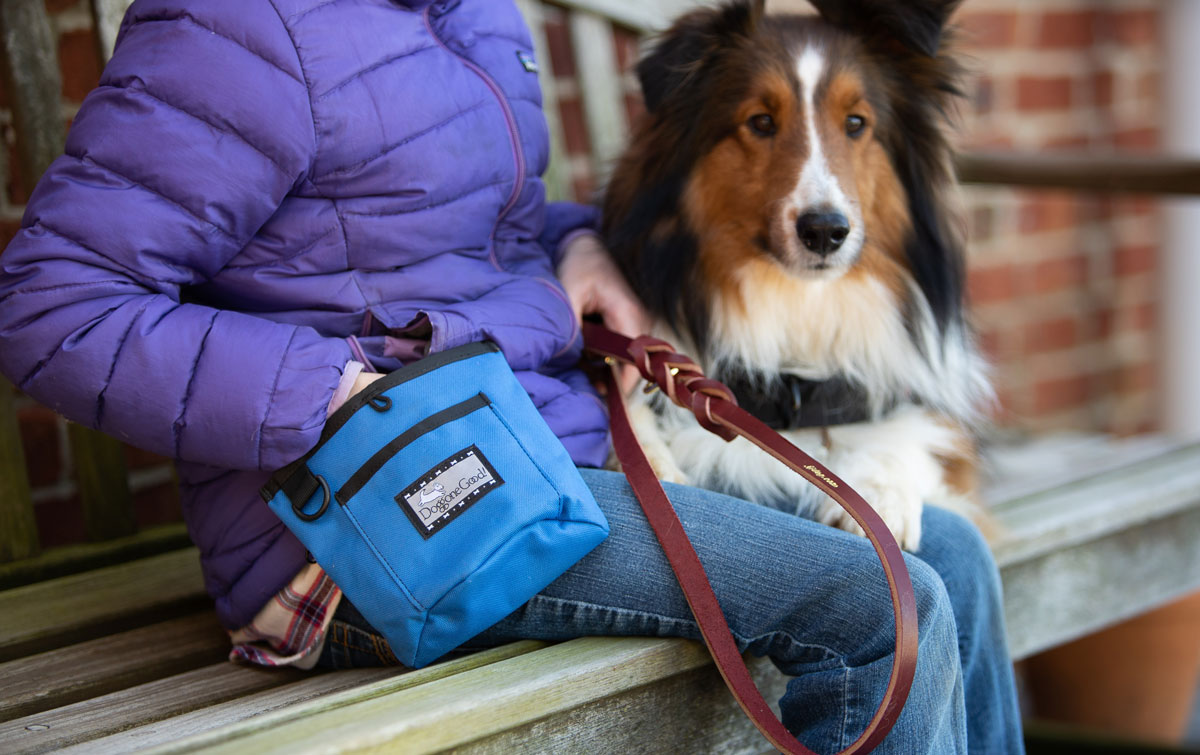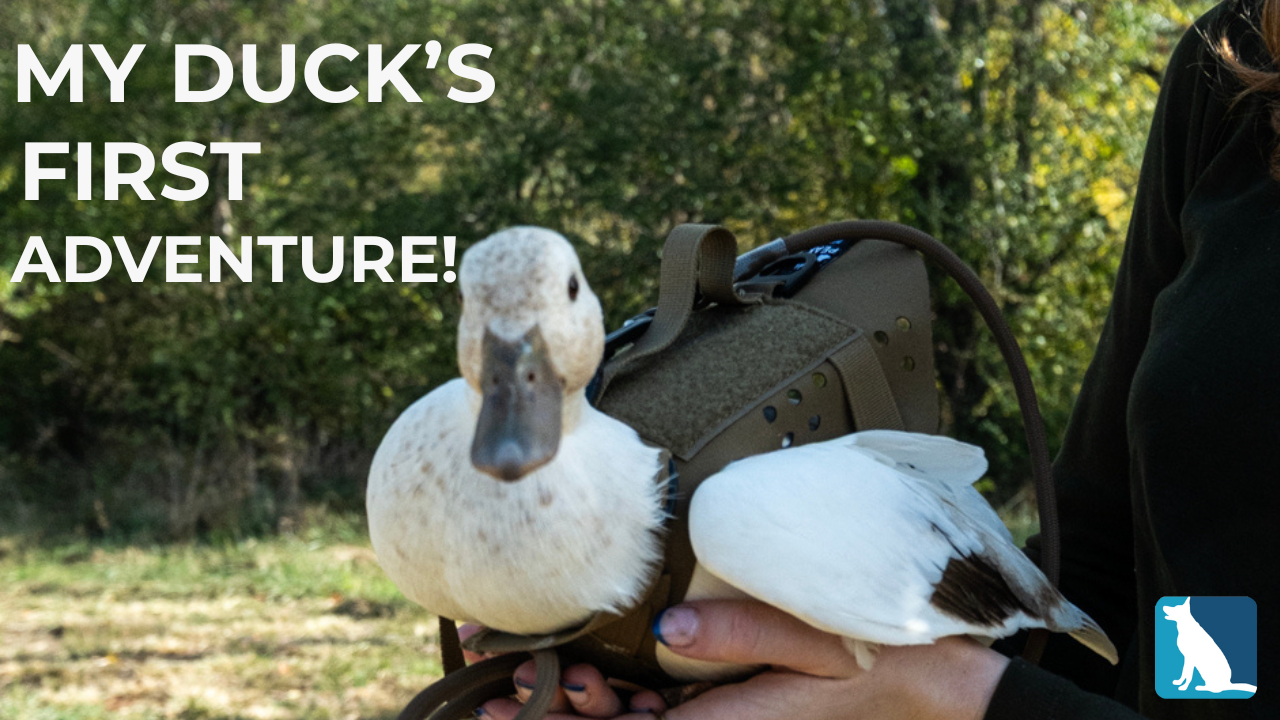Understanding Dog Body Language: A Guide for Competitive Training
Sep 11th 2024

Understanding your dog's body language is crucial for effective training, especially for those involved in competitive events like AKC shows. Dogs communicate primarily through non-verbal cues, which include their posture, facial expressions, and tail movements. Misinterpreting these signals can lead to unnecessary stress or even aggression.
In this article, we'll explore the different types of dog body language, from relaxed to fearful, and provide practical tips for using this knowledge to enhance your training sessions. Whether you're a seasoned competitor or just getting started, mastering the art of reading your dog's signals will help you build a stronger bond and achieve better results in the ring.
Understanding the Basics of Dog Body Language
Why Body Language Matters in Dog Training
Dog body language is a form of communication that goes beyond verbal commands. It helps owners and trainers understand a dog's emotional state and intentions, which is essential for fostering trust and improving training outcomes. In competitive settings, such as AKC events, recognizing subtle cues can prevent misunderstandings and improve performance. For example, knowing when a dog is stressed or anxious allows trainers to adjust their approach, making training sessions more effective and enjoyable for the dog.
Key Elements of Dog Body Language
To understand dog body language, focus on five main areas:
- Ears
- Eyes
- Tail
- Body posture
- Facial expressions.
Each of these elements provides vital clues about what a dog is feeling and intending. For example, a dog's tail position can signal excitement, fear, or aggression, while ear positions can indicate attentiveness or relaxation.
Dog Body Language Meaning: Common Signals
Relaxed and Approachable Posture
Loose, waggy posture is a typical dog body language meaning for being relaxed. Their ears are in a natural position, their eyes are soft, and their mouth may be slightly open. A wagging tail, particularly one that sweeps broadly, is a sign of contentment. This posture indicates that the dog feels safe and is open to interaction.
Playful Signals
When a dog wants to play, it often adopts a "play bow" position, with its front legs stretched out and rear end raised. Other signs of playfulness include bouncing, wagging tail, and playful barking. Recognizing these signals can help trainers use play as a reward (with plenty of toys or treats involved), reinforcing positive behavior during training sessions.
Alert and Curious Behavior
An alert dog will have its ears perked up, eyes focused, and body weight evenly distributed between its feet, often in a forward-leaning posture. This stance indicates the dog is interested in its surroundings and ready to respond. Recognizing this alertness is crucial for identifying when a dog might need more stimulation or engagement.
Stressed or Anxious Signals
Dogs display stress or anxiety through various calming signals, such as yawning, lip licking, lifting a front paw, or shaking off. These behaviors are the dog's way of self-soothing or trying to diffuse tension in the environment. For example, a dog may yawn when it feels nervous, even if it is not tired. Recognizing these signals allows trainers to make adjustments, such as taking a break or removing the stressor.
Fearful Body Language
When a dog is feeling fearful, it often displays a combination of body language signals. For example, it may crouch low to the ground, tuck its tail, or avoid direct eye contact. One of the most telling signs of a dog's fear is the position of its ears. "Dog body language ears back" is a clear indicator of anxiety or discomfort, often accompanied by a tense posture. These cues suggest that the dog feels threatened and could become defensive or even aggressive if the perceived danger persists. When approaching a fearful dog, it's essential to use calm and reassuring tones to help mitigate its stress and prevent escalation.
Aggressive and Defensive Signals
Aggression in dogs is often displayed through a rigid body posture, direct eye contact, bared teeth, and growling. The fur along the back may be raised, and the dog may lean forward, ready to lunge. Understanding these signals is critical for preventing escalation and managing the situation safely. It is also essential to determine whether the aggression is fear-based or territorial, as this influences the appropriate response.
Using Dog Body Language to Enhance Training
Identifying Stress and Calming Signals
Calming signals, like turning away, lip licking, or freezing, are attempts by the dog to reduce stress or avoid conflict. By recognizing these signals, trainers can make immediate adjustments to the training environment or approach, preventing stress from escalating into aggression.
Recognizing Play and Rewarding Positive Behavior
Understanding when a dog is in a playful mood allows trainers to use play as a motivational tool. This can involve rewarding desired behaviors with a game of fetch or tug-of-war, reinforcing the positive association between good behavior and playtime.
Handling Fearful or Aggressive Behavior
When dealing with a fearful or aggressive dog, it is vital to remain calm and avoid sudden movements that could escalate the situation. Using body language that doesn’t convey threat (such as turning sideways rather than facing the dog directly) can help defuse tension. Gradual desensitization and counter-conditioning techniques are also effective for managing these behaviors.
Practical Tips for Reading Your Dog’s Body Language
What to Look For in Ears, Eyes, and Tail Positions
The position and movement of a dog's ears, eyes, and tail can provide a wealth of information about its emotional state. For example, ears pulled back often indicate fear or anxiety, while ears perked forward show alertness and curiosity.
Interpreting Mixed Signals
Dogs may display mixed signals when experiencing conflicting emotions, such as excitement and fear. Learning to interpret these cues within context is crucial for responding appropriately.
Common Mistakes Owners Make When Reading Body Language
One common mistake is assuming a wagging tail always means a dog is happy. In reality, the speed, direction, and height of the tail wag can indicate different emotions, from excitement to aggression.
Tailoring Training Based on Specific Signals
Adjusting training techniques based on specific body language signals can improve outcomes. For instance, if a dog shows signs of stress, switching to a low-stress activity like scent work can help them relax and refocus.
Quick Takeaways for Better Training
- Observe the Whole Dog: Look at the combination of ears, eyes, tail, and body posture.
- Understand Context: Body language must be interpreted within the context of the situation.
- Use Calming Signals: Recognize and respect calming signals to prevent escalation.
- Reward Positive Behavior: Use body language to reinforce desired behaviors.
- Adapt Your Approach: Tailor training methods to the individual dog's emotional state.
Now, Go Read That Body Language
Understanding of dog body language is key to successful training, especially in competitive environments. By recognizing and responding appropriately to your dog's signals, you can create a more supportive and effective training atmosphere.
Use this knowledge to identify when your dog is calm, stressed, or ready to play, and adapt your training techniques accordingly. Remember, every interaction is an opportunity to strengthen your bond and improve your dog's performance. Start observing your dog's signals today and see the difference it makes in your training routine.





